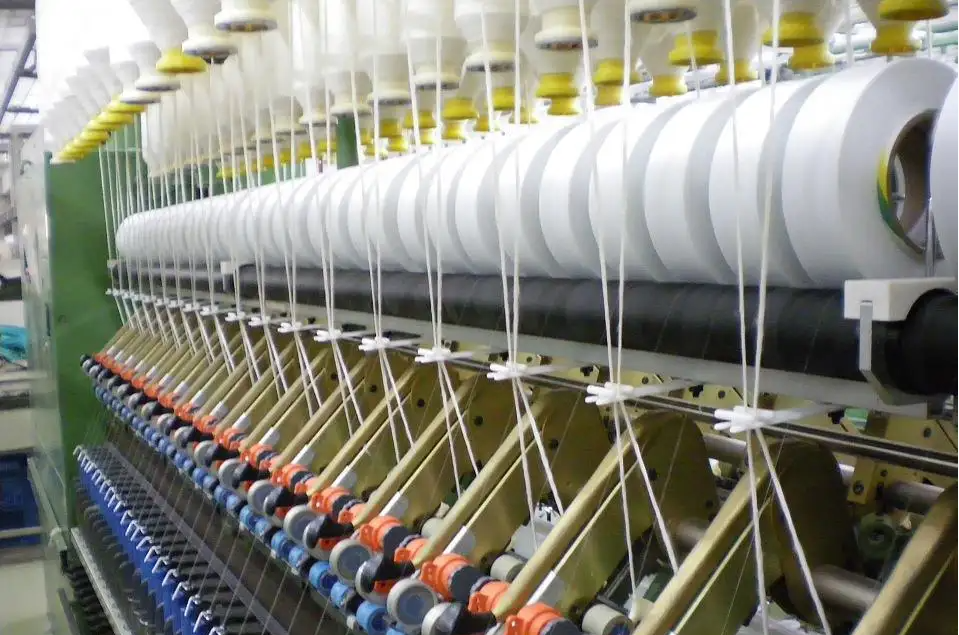Waxing of shuttle bottom
With the higher and higher requirements of customers for the physical quality of grey cloth, many textile factories began to implement the four point system standard in order to reduce the residual defects on the cloth surface and reduce the amount of fabric repair. Burr and weft removal are a kind of defects with a very large amount of fabric repair. Various factories have made many attempts from different angles on how to effectively reduce the generation of such residual defects. Waxing at the bottom of the shuttle can reduce the formation of burr and weft removal. A friction felt pad is installed at the J32 groove of the reed, Add a suitable liquid wax in an oil pot Make the shuttle wax automatically every time it flies, keep the bottom of the shuttle smooth, and reduce the friction coefficient of the shuttle to the yarn, so as to reduce the chance of burr and weft shedding caused by the yarn tail brought into the shed after shuttle change.

Weft waxing
In the process of high-speed weft insertion of shuttleless loom, the weft yarn will bear large instantaneous tension. It is precisely due to the existence of instantaneous tension and the inherent uneven strength of weft itself that weft yarn is easy to break. Weft waxing can reduce the friction resistance between yarns and between thread and yarn guide channel, reduce the instantaneous tension and achieve the purpose of reducing weft yarn break, Weft waxing can adopt the combination of waxing during winding and waxing during weaving (adding waxing bottle before the bobbin is unwound into the yarn guide).
Other
Light pulp weaving shaft is often encountered in production. Waxing technology can improve the weavability of light pulp weaving shaft. The first is to make a trapezoidal wax strip (made of a wood strip and poured with a special mold), place the trapezoidal wax strip at the place where the warp yarn is unwound from the weaving shaft, and wax the two sides of the warp yarn during weaving, so as to reduce the tension between the yarns ahesion of hairiness, so as to improve its weavability. Grinding the end face of the bobbin with solid wax can improve the unwinding of the bobbin and reduce the end breakage of the warping.

